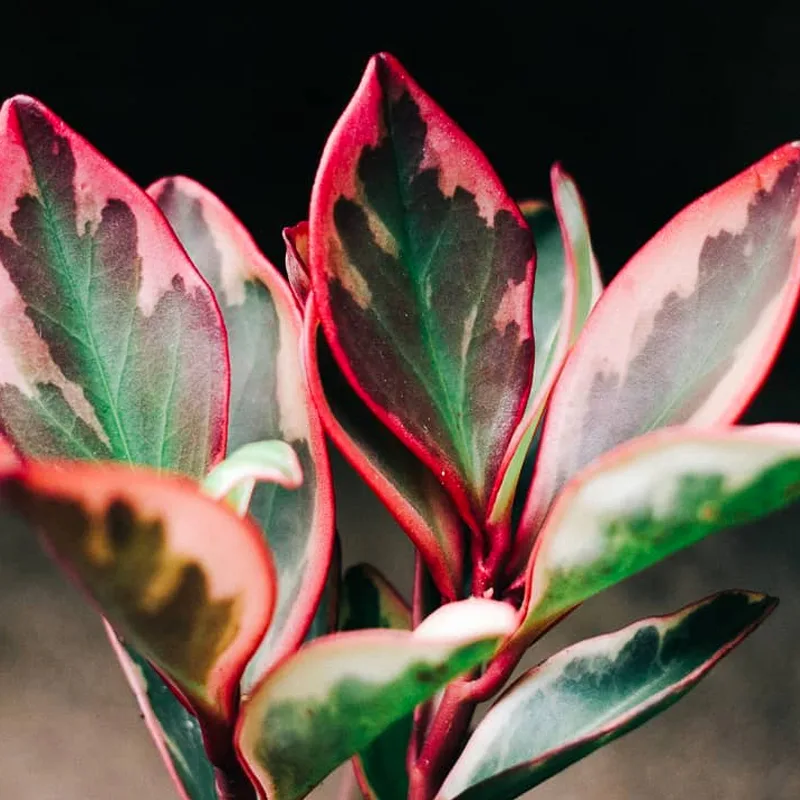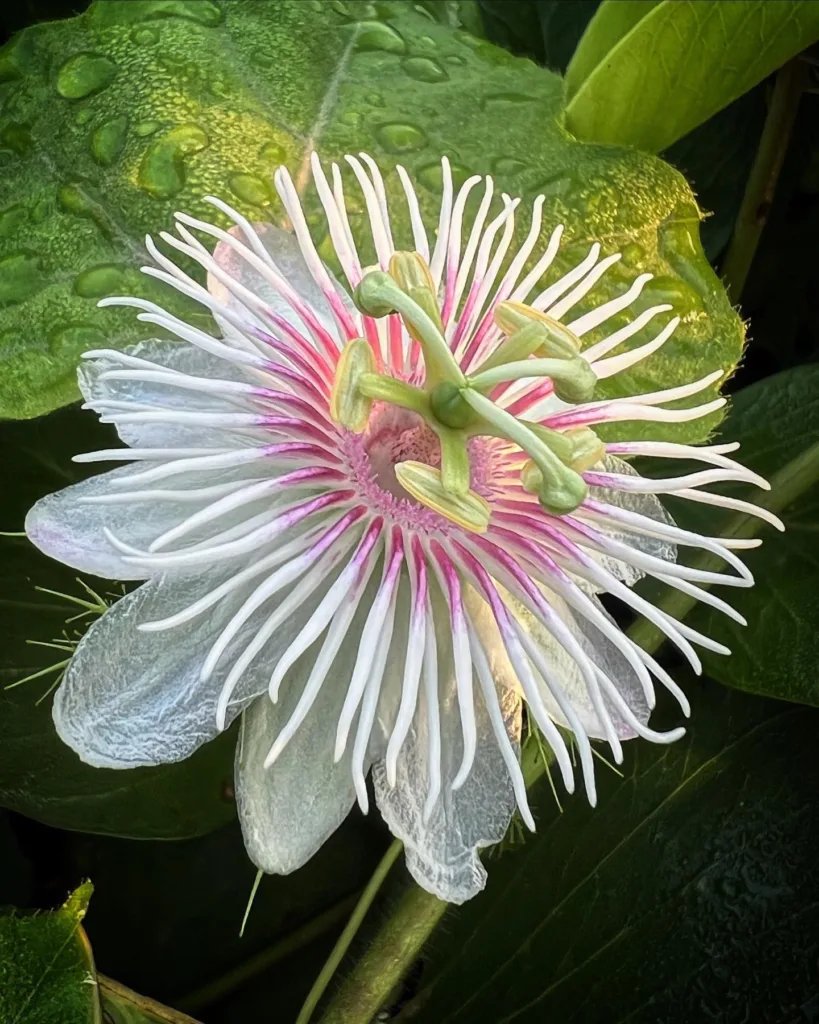What is Hoya Diptera?
Hi there, Ferb Vu here, and today we’re diving into the fascinating world of the Hoya Diptera. This unique plant, with its lime green, opposite leaves and star-shaped blooms, has captured the hearts of many houseplant enthusiasts. But for beginners, it can be a bit intimidating. Fear not! This guide will answer all your burning questions about the Hoya Diptera, making you a pro in no time.
566 Species in Genus Hoya
Light: Let There Be (Indirect) Light
The Hoya Diptera thrives in bright, indirect light. Think dappled sunlight filtering through a sheer curtain – that’s the sweet spot. Avoid harsh, direct sun, which can scorch the leaves. East or west-facing windows are ideal. If your home lacks sufficient natural light, consider supplementing with grow lights.
Not sure if your Hoya Diptera is getting enough light? Look for signs like leggy growth (long spaces between leaves) or pale foliage. If that’s the case, move it to a brighter spot. Conversely, if the leaves are bleached or crispy, it might be getting too much sun.
Comparison Corner: Light Preference
Hoyas, in general, are known for their adaptability to various light conditions. However, some Hoyas, like the Hoya Carnosa (popularly known as the Wax Plant), tolerate lower light levels better than the Hoya Diptera. So, if you have a north-facing window with limited natural light, the Hoya Carnosa might be a more suitable choice.
Watering: The Art of When, Not How Much
The Hoya Diptera is a champion when it comes to drought tolerance. Overwatering is its biggest enemy. It’s best to adopt the “soak and dry” method. Let the soil dry completely between waterings. Stick your finger into the potting mix – if the top inch feels dry, it’s watering time.
Signs of Thirst: Wilting leaves and wrinkled foliage are telltale signs that your Hoya Diptera needs a drink. But don’t rush to drench it! Water thoroughly until water runs out the drainage holes, then allow the excess to drain completely. Sitting water can lead to root rot.
Winter Blues: During the colder months, your Hoya Diptera’s water needs decrease. Reduce watering frequency to avoid waterlogged soil.
Comparison Corner: Watering Needs
Many Hoyas share the Hoya Diptera’s preference for infrequent watering. However, some Hoyas with thinner leaves, like the Hoya Linearis, might dry out faster and require slightly more frequent watering, especially during the growing season.
Soil: The Foundation for Success
A well-draining potting mix is crucial for the Hoya Diptera’s health. Opt for a succulent or cactus mix, or create your own by combining regular potting mix with perlite or orchid bark for added drainage.
Pro Tip: Consider adding a moisture meter to your plant care toolkit. It’s a handy tool to help you gauge soil moisture levels and avoid underwatering or overwatering.
Temperature and Humidity: Keeping it Cozy
The Hoya Diptera thrives in warm environments, ideally between 60 and 85 degrees Fahrenheit. Avoid drafty locations and sudden temperature fluctuations.
Humidity: While the Hoya Diptera can tolerate average household humidity levels, it appreciates a slight boost, especially during the winter. Grouping your plants together or using a pebble tray filled with water can help increase humidity around your plant.
Comparison Corner: Temperature and Humidity
Most Hoyas prefer similar temperature ranges as the Hoya Diptera. However, some Hoyas, like the Hoya Publicalyx (popularly known as the Silver Dollar Hoya), can tolerate cooler temperatures down to the mid-50s Fahrenheit.
Feeding: A Light Touch is Best
The Hoya Diptera is not a heavy feeder. A balanced, diluted liquid fertilizer applied once a month during the growing season (spring and summer) is sufficient. Avoid overfertilizing, which can lead to salt buildup in the soil and damage the roots.
Winter Feast: During the winter months, when growth slows down, feeding is not necessary.
Comparison Corner: Feeding Needs
Most Hoyas share similar feeding requirements as the Hoya Diptera. However, some fast-growing Hoyas, like the Hoya Obovata, might benefit from slightly more frequent fertilization during the active growing season.
Common Issues and How to Fix Them
Mealybugs: These tiny, white, sap-sucking insects can infest your Hoya Diptera. Treat them with insecticidal soap or neem oil spray.
Scale: Use rubbing alcohol to remove the scales manually. Horticultural oil can also be effective for large infestations.
Yellowing Leaves: This could be a sign of several things – underwatering, overwatering, lack of light, or nutrient deficiency. Check your watering habits and adjust accordingly. If the issue persists, consider fertilizing with a diluted solution.
Dropping Leaves: Sudden leaf drop can be caused by stress from factors like repotting, temperature fluctuations, or excessive watering. Ensure your Hoya Diptera is in a stable environment and adjust your watering routine if needed.
Not Blooming: While the Hoya Diptera is known for its beautiful blooms, it might not flower readily if its needs aren’t met. Here are some tips to encourage blooms:
- Provide adequate light: Bright, indirect light is key for flowering.
- Don’t over-fertilize: Excess nitrogen can promote foliage growth at the expense of flowers.
- Repot in a pot-bound container: A slightly root-bound plant is more likely to flower.
- Maintain consistent temperatures: Avoid sudden temperature changes, which can discourage flowering.
Propagation: Sharing the Hoya Love
The Hoya Diptera can be easily propagated through stem cuttings. Here’s a quick guide:
- Select a healthy stem with a few nodes (leaf junctions).
- Sterilize a sharp knife or pruners with rubbing alcohol.
- Cut a stem section just below a node.
- Remove the lower leaves, leaving a few nodes exposed.
- Dip the cut end in rooting hormone (optional but can improve success rate).
- Plant the cutting in a well-draining potting mix.
- Water lightly and keep the soil moist but not soggy.
- Place the pot in a warm location with bright, indirect light.
- Be patient! Rooting can take several weeks.
Conclusion: The Hoya Diptera – Your Rewarding Plant Companion
With its easy-going nature and beautiful blooms, the Hoya Diptera is a perfect addition to any plant collection. By following these simple care tips, you can ensure your Hoya thrives for years to come. Remember, the key is to provide bright, indirect light, well-draining soil, and water judiciously. So, what are you waiting for? Give the Hoya Diptera a try and witness its unique charm for yourself!
If i die, water my plants!



